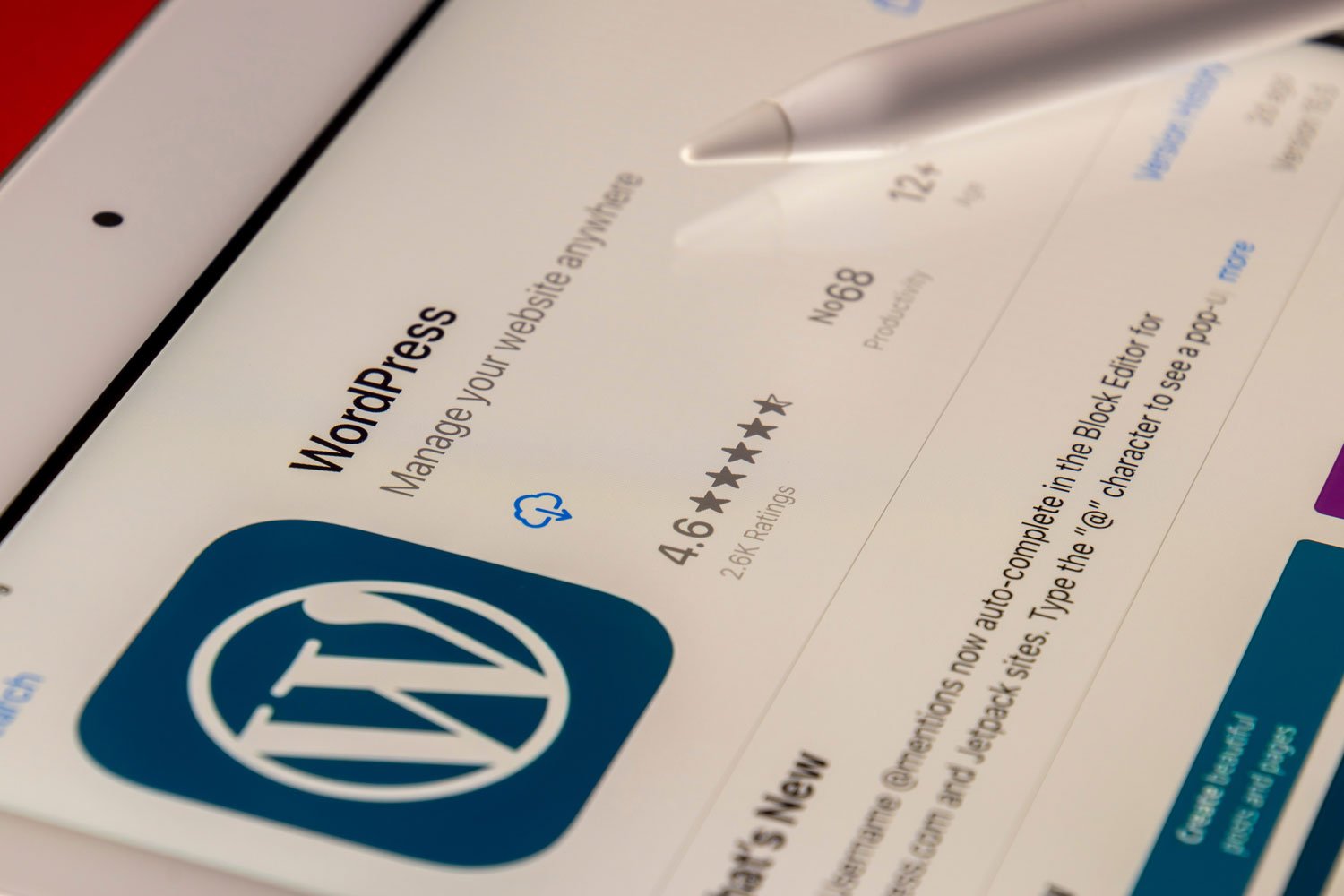WordPress is a popular content management system that powers millions of websites worldwide. While WordPress offers a range of features and functionality, website speed and performance are critical for user experience and search engine optimization. In this blog post, we’ll explore some of the best practices for optimizing your WordPress website for speed and performance.
Choose a quality web host
The web host you choose can significantly impact your website’s speed and performance. When selecting a web host, ensure they offer high-speed servers, low latency, and high uptime. Additionally, look for a web host that uses solid-state drives (SSDs) instead of traditional hard drives, as SSDs offer faster read and write speeds.
Use a lightweight WordPress theme
The theme you choose can also impact your website’s speed and performance. A lightweight theme with a simple design and minimal features can help your website load faster. Themes with too many features or a complex design can slow down your website.
Minimize HTTP requests
HTTP requests are made for every file that loads on your website, including scripts, stylesheets, and images. The more requests, the longer it takes to load your website. To minimize HTTP requests, combine multiple files into one, use CSS instead of images whenever possible, and only load necessary files.
Use caching
Caching involves storing frequently accessed data to reduce server load and speed up your website. WordPress offers several caching plugins that can help optimize your website for speed and performance. Popular caching plugins include WP Super Cache, W3 Total Cache, and WP Rocket.
Optimize images
Images can significantly impact your website’s speed and performance, especially if they’re large. To optimize images, compress them without reducing the quality, use the appropriate file format (JPEG for photographs, PNG for graphics), and only use images that are necessary.
Minimize plugins
Plugins are a powerful feature of WordPress, but too many can slow down your website. Only use necessary plugins and ensure they’re regularly updated. Outdated plugins can cause security vulnerabilities, impacting both speed and performance.
Use a content delivery network (CDN)
A content delivery network (CDN) distributes your website’s data across a network of servers, reducing the distance between your website and visitors. This can significantly speed up your website, especially for visitors from other countries. Popular CDN services include Cloudflare, MaxCDN, and Amazon CloudFront.
In conclusion, optimizing your WordPress website for speed and performance requires a combination of best practices. Choosing a quality web host, using a lightweight WordPress theme, minimizing HTTP requests, using caching, optimizing images, minimizing plugins, and using a content delivery network (CDN) can all contribute to a faster website. By taking these steps, you can improve your website’s speed and performance, which can enhance user experience and boost search engine optimization.



